The objective of this study is to describe step by step an innovative technique to repair large septal perforations with a pure endoscopic extended AEA flap.
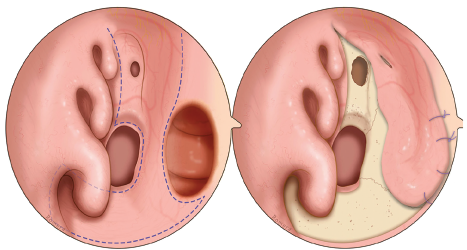

The objective of this study is to describe step by step an innovative technique to repair large septal perforations with a pure endoscopic extended AEA flap.
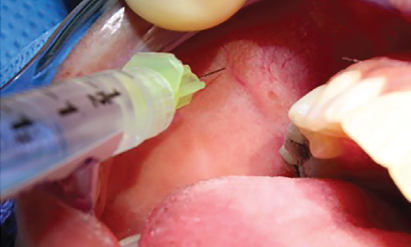
We demonstrate a novel, simplistic, and rapid approach to cannulation, dilation, and sialendoscope insertion that can be completed in an outpatient setting with the assistance of viscous lidocaine gel.
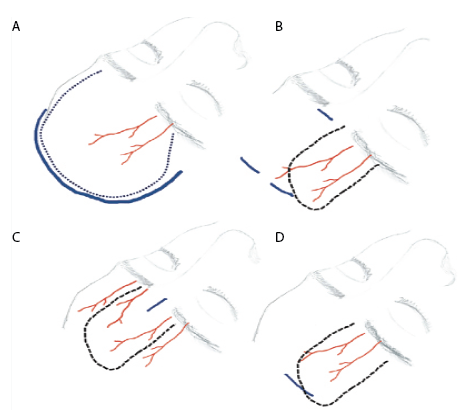
Through this endoscopic approach, glabellar incision can be avoided by performing frontal osteotomy endoscopically.
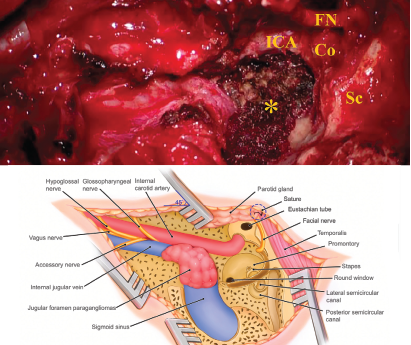
In the study, we modified Dr. Brackmann’s total anterior FN rerouting technique to achieve tension-free FN anterior transposition and explored the surgical outcomes postoperatively.
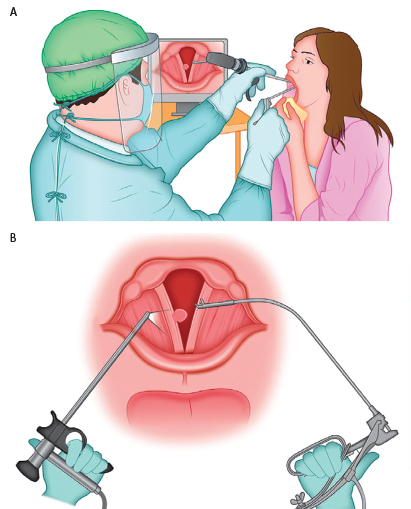
We describe a new technique for the removal of vocal fold polyp in the office setting, while simultaneously taking into consideration the safety measures proposed for the ambulatory examination of the larynx.
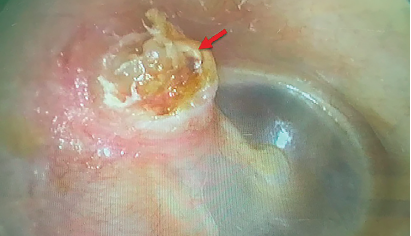
A transcanal endoscopic approach was performed with the aim of removing an epitympanic cholesteatoma without the transmastoid approach, and to reconstruct the scutum after obliteration of the epitympanum at the same time.
The anterior table defect poses a reconstructive challenge, and very few publications have described reconstructive options.

To secure the working space for any type of EES, a large sphenoidotomy with wide opening of the anterior wall of the sphenoid sinus is a crucial step.

The nasoseptal flap (NSF) has become the predominant pedicled mucosal flap used in advanced multilayered endoscopic reconstruction to repair skull base defects with cerebral spinal fluid leaks.
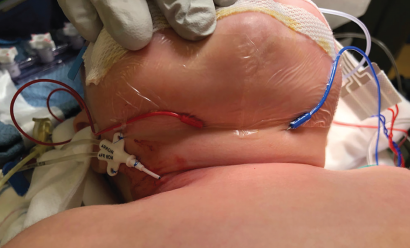
An obstacle to routine utilization of intraoperative nerve monitoring in pediatric surgery is the lack of size-appropriate nerve monitoring devices for the pediatric patient.